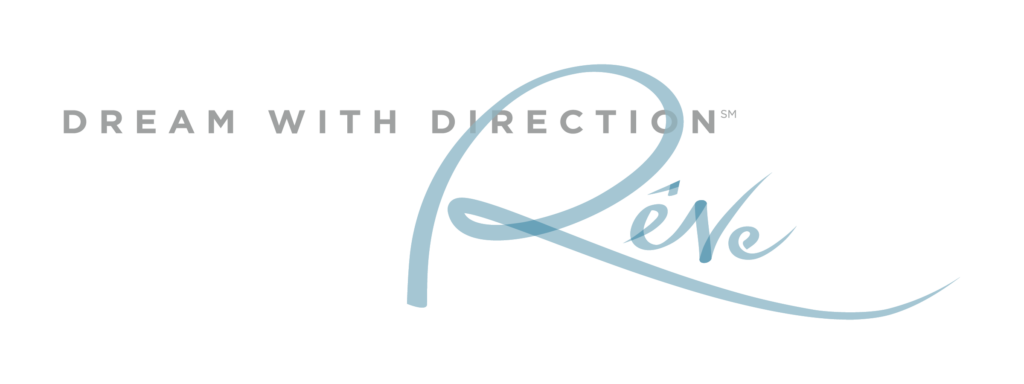Over the course of the 12-week project, Rêve co-led a cross-functional team from the company to develop transformative and consumer-centric solutions. The project was collaborative from the outset, as Rêve partnered with senior leaders to develop the overall design of the engagement, building in checkpoints at key milestones to ensure alignment and clear communication.
At the project kick-off, we established a joint vision for success, and designed our working culture. To increase ownership and pride in our work, we also developed a visual language unique to the project that distinguished it as new and transformational.
Once we had built the foundation for our partnership, we were ready to dive into the challenge. First, we sought clarity on consumer needs through an expedited research sprint. We leveraged existing company research and assets, and also completed a secondary external scan. As a result, we learned about consumers’ competing desires for personalization and privacy, and how our client’s consumers would be willing to share some information if they felt they were gaining value as a result. We also confirmed our assumption that traditional healthcare companies lag behind most other industries in terms of customized consumer experience, while a multitude of start-ups are disrupting the industry.
We developed personas to represent and humanize the most compelling research themes and consumer needs, and to serve as our guiding light for design during the remainder of the project.
Using the personas as inspiration, the team brainstormed hundreds of solutions to help consumers live a healthier life. The team prioritized a selection of these ideas for the first round of low-fidelity prototyping, and then shared them in one-on-one interviews with consumers to better understand their underlying needs and motivations.
What we found confirmed our research hypothesis—if we could find a way to provide real value (financial or health-related) to our target population, most would share personal information.
After a detailed synthesis of consumer feedback, the team iterated on the prototypes and brought them to a higher level of fidelity and design, moving from stick-figure drawings to graphic representations and wireframes. Another round of interviews and feedback followed this prototype iteration to gain even deeper insights on which concepts would provide the most value to consumers and the company.
Once real consumers had validated the highest-priority concepts, we drafted initial business models and operational considerations. We vetted these plans with senior leaders, and used their feedback to position them for additional funding.
Understanding what value each concept would create, as well as what it would take to bring each idea to life, the team was well positioned to seek the investments needed to take the next step toward commercialization.

